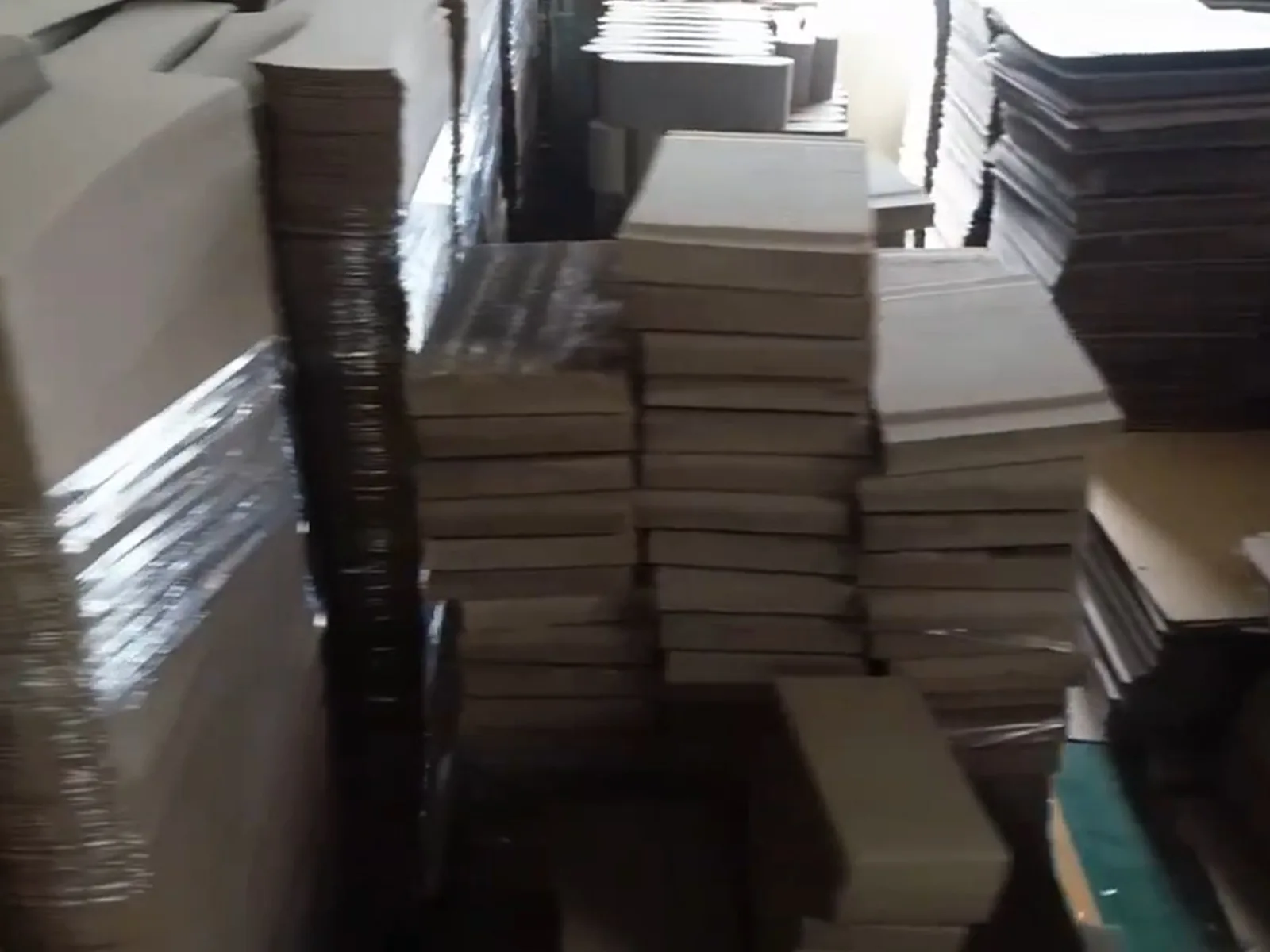
Retrieve required materials and check material identification cards, paper quality, thickness, and hardness against samples. Inspect surfaces for defects. Compare printed colors on colored paper to ensure no significant differences, avoiding wrinkles and printing defects. Quickly address any non-conforming materials.
Confirm the correct glue is being used and add it to the paper laminating machine after preparation. Adjust the roller spacing of the gluing machine to ensure even glue application on each sheet for optimal adhesion.

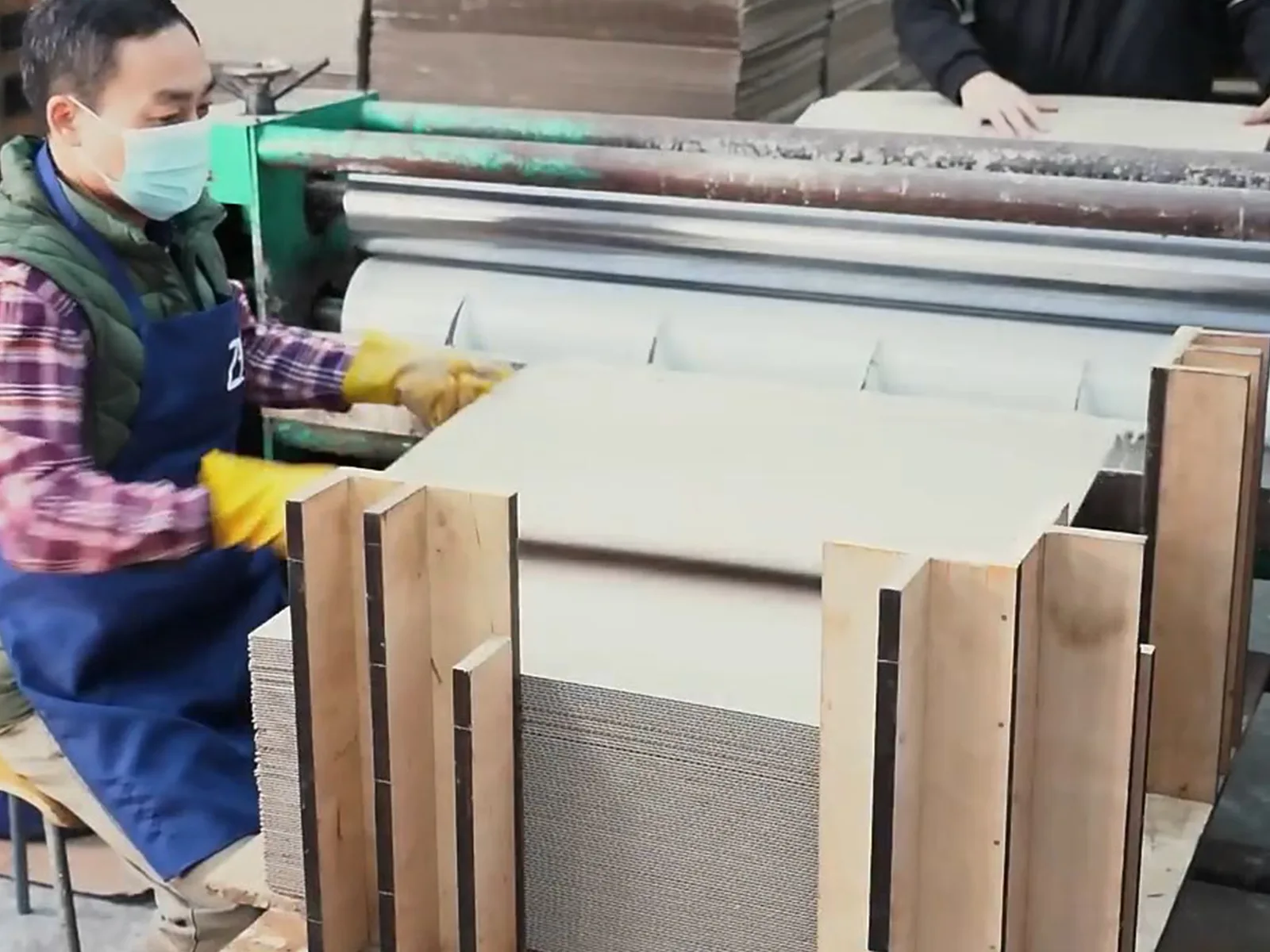
During normal production, ensure each sheet is aligned evenly, without unevenness or misalignment. When placing the first and last face sheets, check for glue separation and surface issues such as glue spots or wrinkles to ensure firm bonding and prevent misalignment during pressing.
Stack the paperboard according to required dimensions and layers, then place in the pressing machine for compression. Inspect the cat bed surface for defects, misaligned lamination, glue spots, or wrinkles. After pressing, proceed with drying and temperature/humidity control.
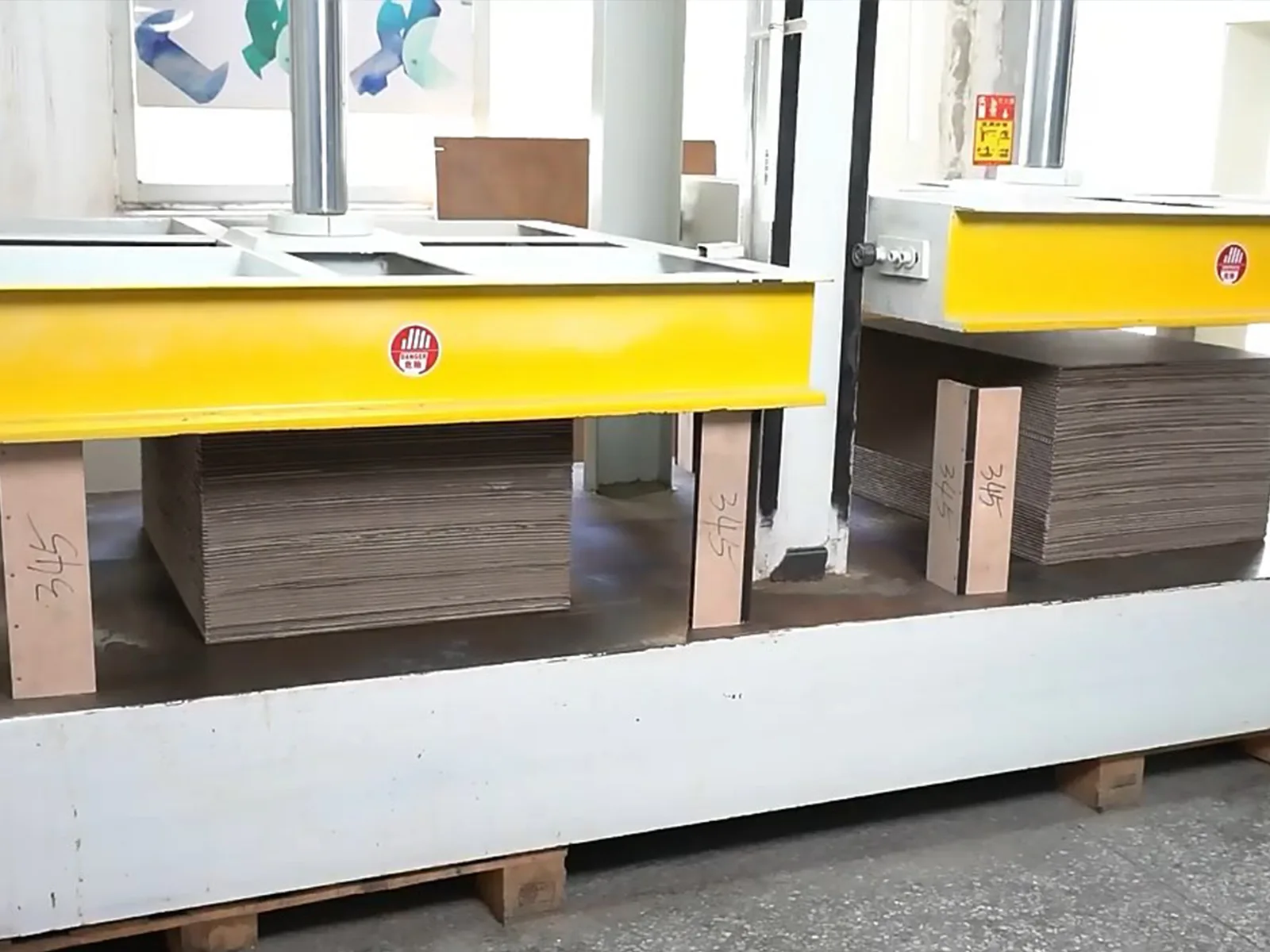
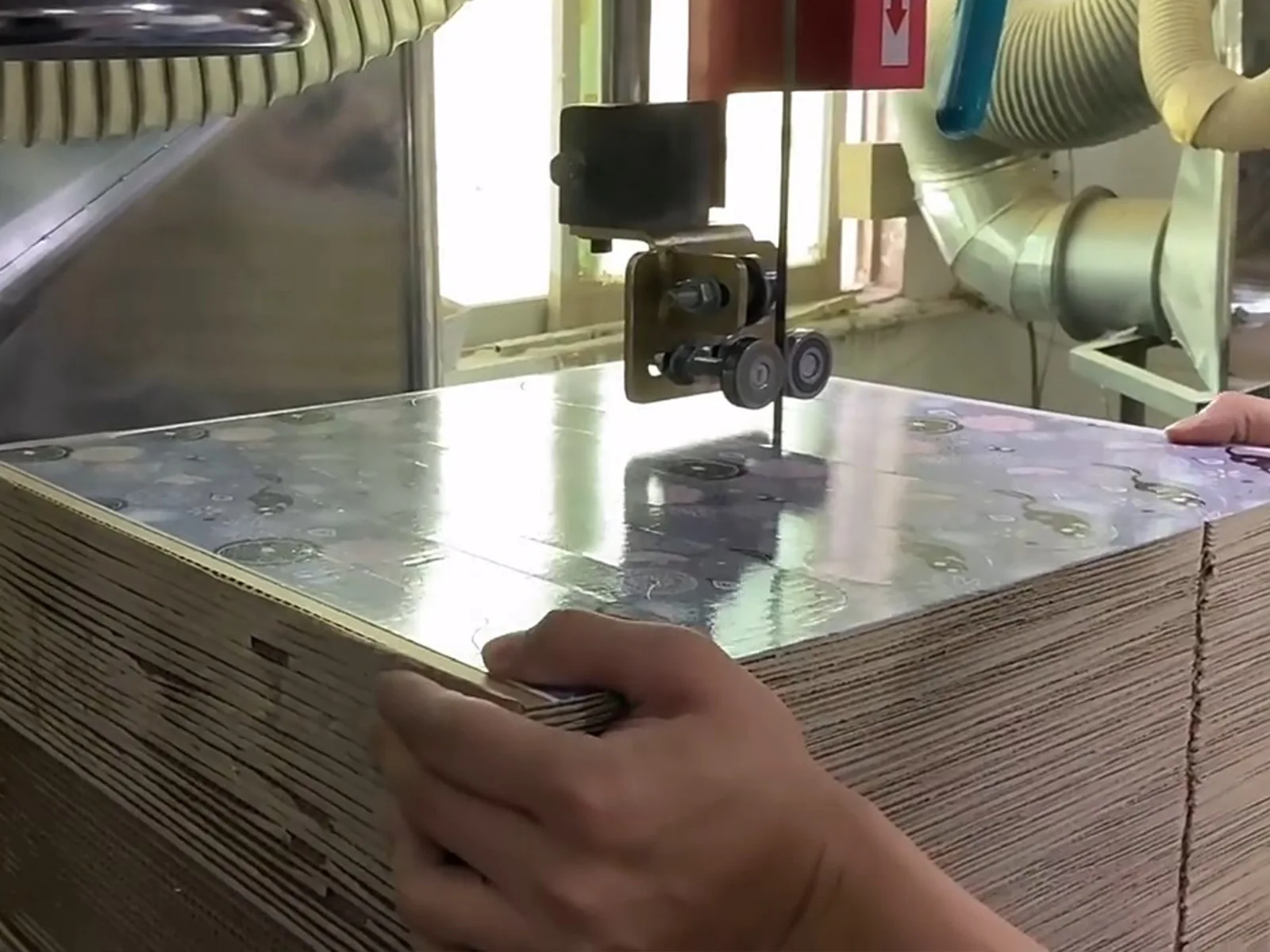
Use automatic cutting machines to cut materials into required shapes according to design drawings. The cutting machine is equipped with special line blades to ensure smooth cuts with minimal burrs and automatic dust removal to meet environmental requirements.
Sand and clean the cat bed surface to improve appearance and texture. Remove sharp edges through sanding, ensuring overall smoothness and eliminating glue spots or wrinkle marks.
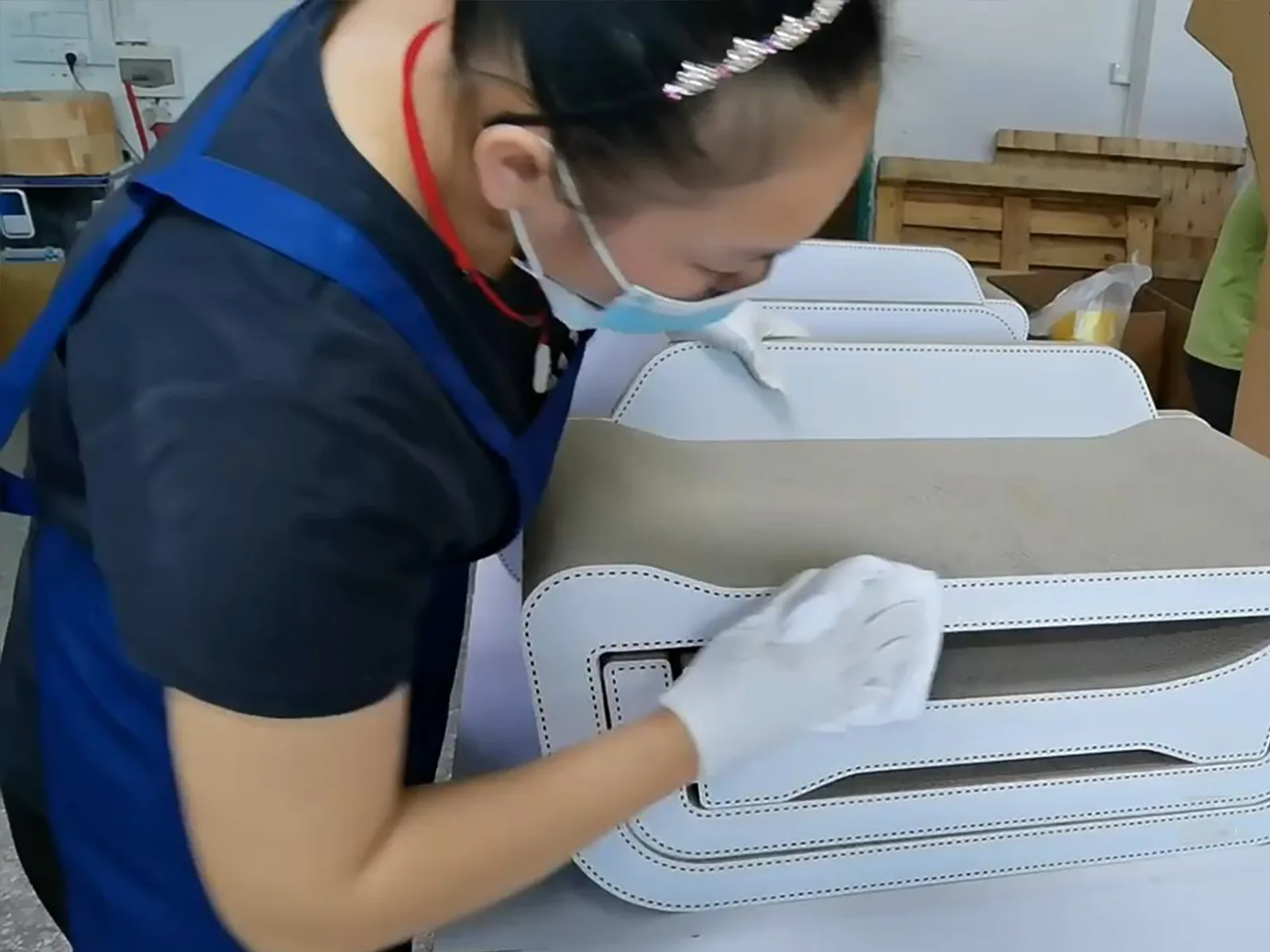
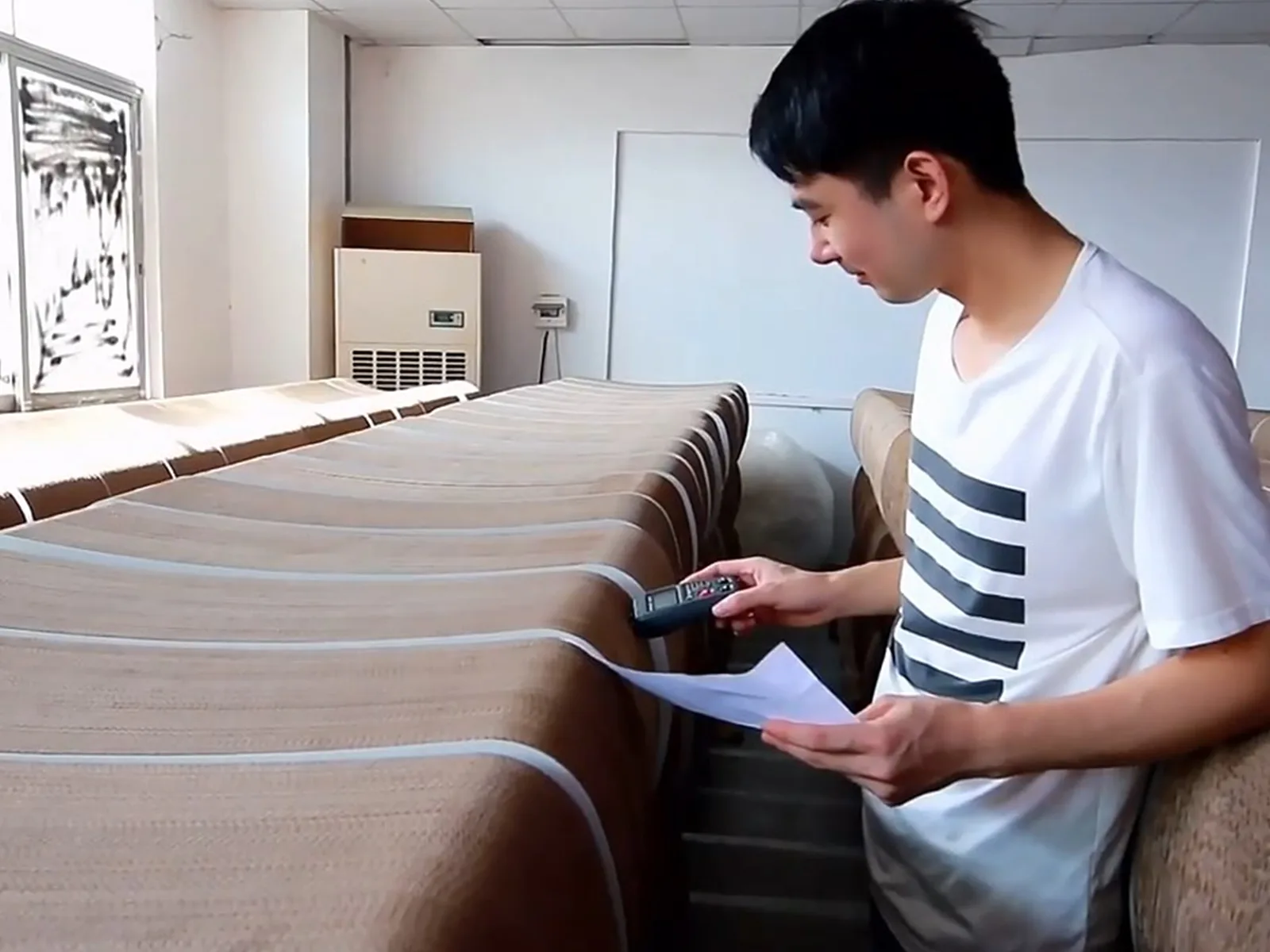
Every finished product undergoes rigorous quality checks before shipment. Inspection includes structural stability, product deformation or glue separation, and surface issues such as glue spots, wrinkles, or misalignment to ensure product compliance with standards.
Package the qualified cat scratchers using environmentally friendly materials to prevent damage during transportation, demonstrating environmental responsibility.
